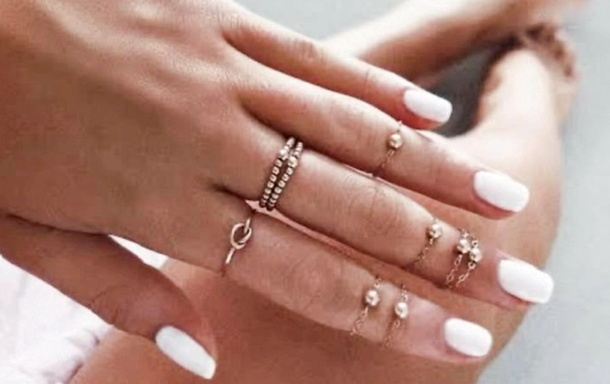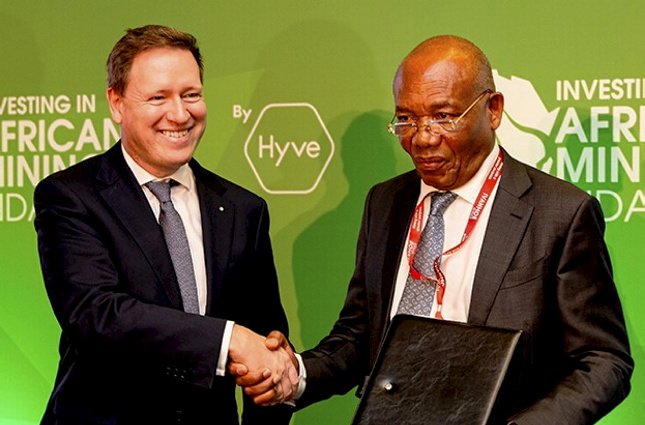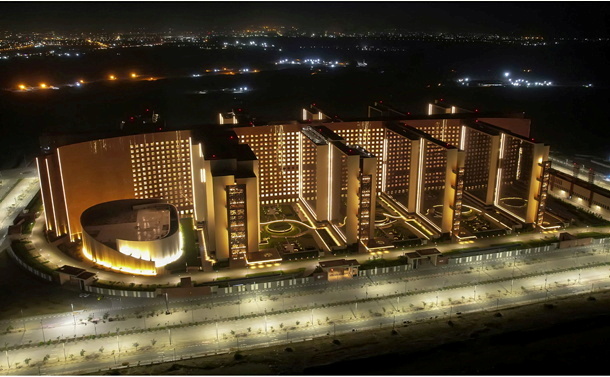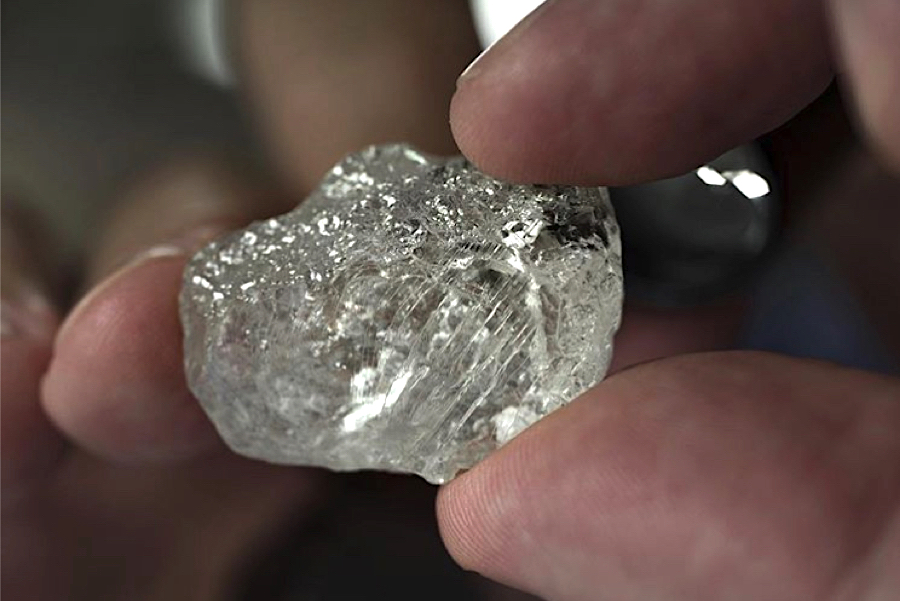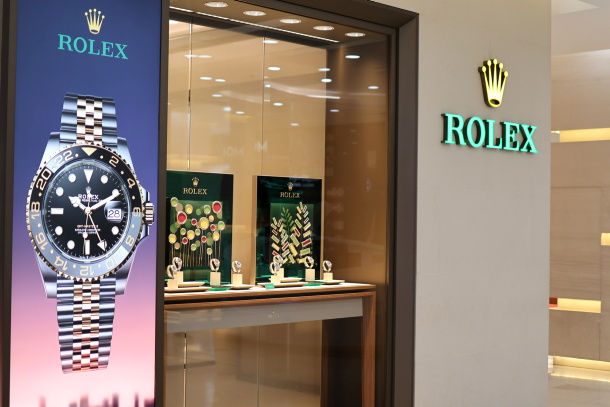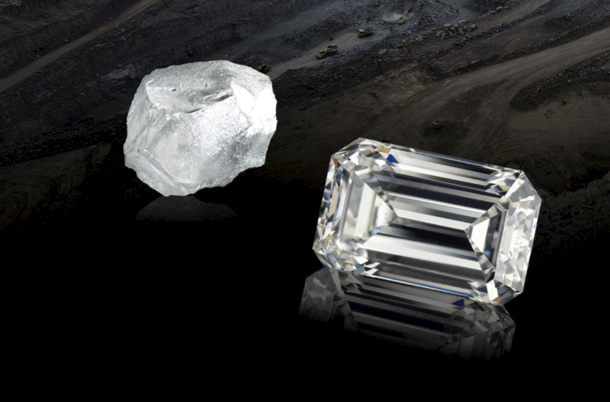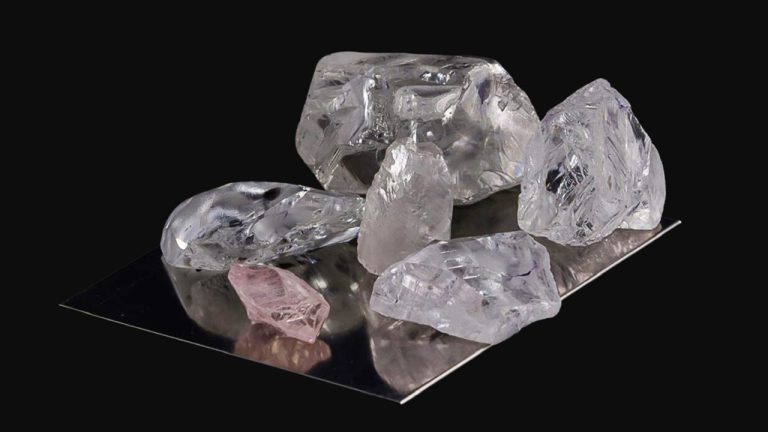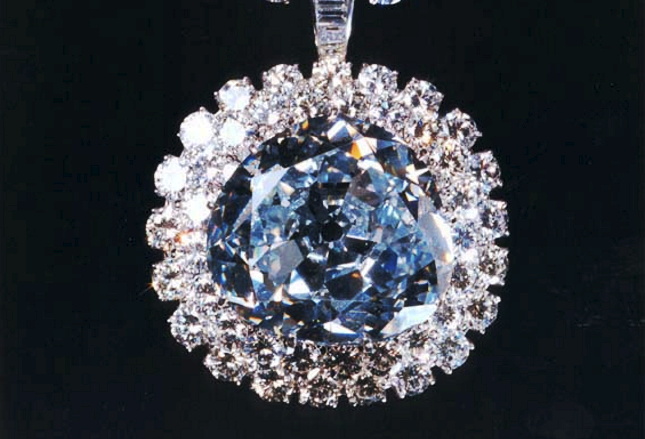
A legal battle over the Idol’s Eye, a 70.21 carat very light blue, eye shaped Golconda diamond, began on Monday (11 November) at the High Court, London.
Two branches of Qatar’s royal family are in dispute over the value of the gem – which could be anywhere between $10m and $27m.
The disagreement is between Qipco, a private investment company run by art collector Sheikh Hamad bin Abdullah al-Thani – a cousin of Qatar’s ruler Sheikh Tamim bin Hamad Al Thani – and Elanus Holdings, a company linked to the family of former culture minister Sheikh Saud bin Mohammed Al Thani.
Elanus loaned the diamond to Qipco in 2014 for 20 years, with an option to buy but the two sides disagree over the value of the stone. It is reported to be worth at least $10m, but according to a Reuter’s report, Elanus’s diamond expert has valued it at $27m.
Qipco says Elanus offered to sell the gem in February 2020, but then pulled out. Elanus disputes this.
Qipco is asking the High Court to force Elanus to go through with the sale.
The Idol’s Eye has a long and complex history. It was recovered in 1600 in the Kollur Mine, part of the Golconda Sultanate in southern India, was initially owned by Prince Rahab of Persia, and was auctioned by Christie’s London in 1865.
It has changed hands many times and has, at various stages, been owned by Harry Winston and Laurence Graff.
Source: IDEX

